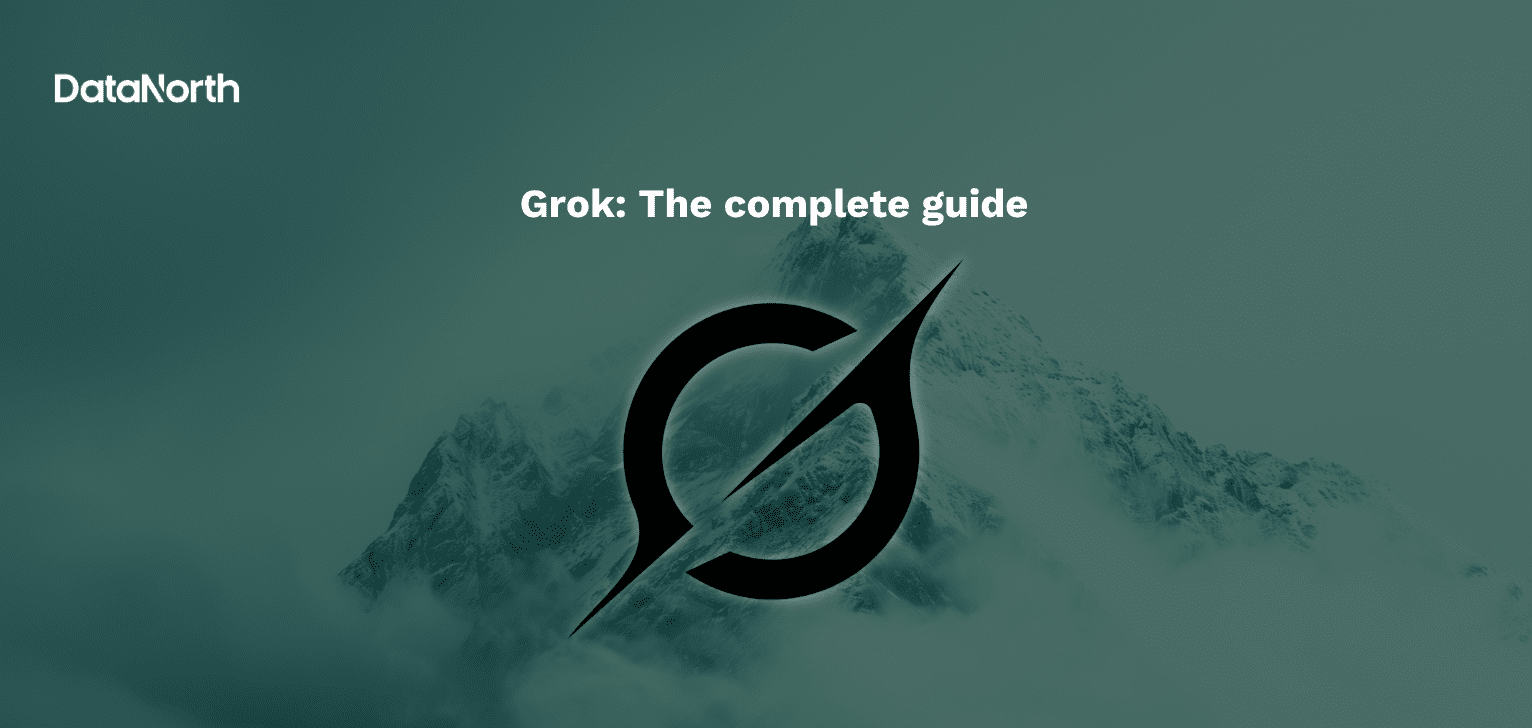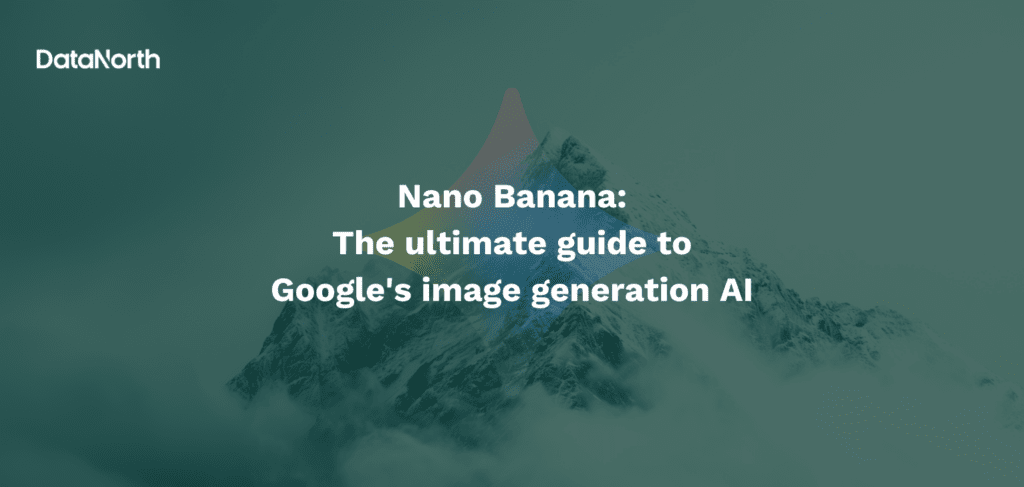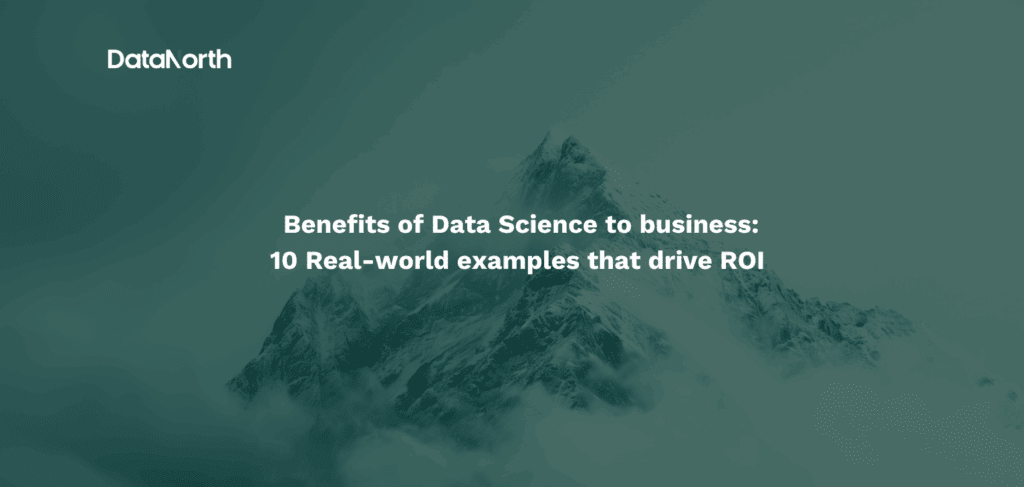Grok AI has emerged as a distinctive and provocative alternative in the rapidly expanding artificial intelligence landscape. Developed by xAI, Grok represents a different approach to AI design, combining real-time web access, irreverent personality, and advanced reasoning capabilities that challenge the carefully calibrated neutrality of competing AI systems.
xAI, founded by Elon Musk in March 2023 with a mission to understand the true nature of the universe, has positioned Grok as an AI that prioritizes truth-seeking over political correctness. The company recruited key talent from Google DeepMind and OpenAI, establishing technical credibility from inception. For users evaluating AI implementation strategies across personal productivity, research, content creation, or business applications. Grok represents a distinct philosophical stance toward AI development that emphasizes direct engagement with controversial topics and computational power dedicated to complex reasoning.
What is Grok AI?
Grok AI specializes in developing reasoning-focused language models with distinctive emphasis on real-time information access and unfiltered conversation. Unlike competitors that maintain careful guardrails around controversial or sensitive content. Grok embraces what Elon Musk describes as a “rebellious streak,” programmed to engage with topics that many AI systems deliberately avoid. This philosophical difference permeates Grok’s architecture and training methodology.

The company’s distinctive positioning centers on three core differentiators.
- First, Grok accesses real-time information directly from the X platform (formerly Twitter) and the broader web, enabling responses grounded in current events rather than static training data.
- Second, Grok’s personality deliberately incorporates wit, humor, and willingness to engage with controversial topics. When asked about listening to Christmas music, Grok responds “whenever the hell you want,” exemplifying its irreverent tone.
- Third, Grok emphasizes what xAI describes as “maximum truth-seeking“, prioritizing accurate engagement with complex issues over evasiveness or careful neutrality.
Getting started with Grok AI
API setup
For API access, developers navigate to docs.x.ai and generate API credentials. The platform requires billing activation to enable API key generation. Pricing follows a usage-based model with Grok 4 API priced at $3.00 per 1 million input tokens and $15.00 per 1 million output tokens, with cached tokens at $0.75 per million input tokens. This positions Grok competitively within the premium AI market segment.
Making your first API call
Once you have your API key, you can start making requests to Grok’s models. Below is a Python example using the official xAI client:
python
import requests
url = "https://api.x.ai/v1/chat/completions"
headers = {
"Authorization": f"Bearer YOUR_API_KEY",
"Content-Type": "application/json"
}
payload = {
"model": "grok-4",
"messages": [
{"role": "user", "content": "Explain quantum computing in simple terms"}
],
"max_tokens": 1024
}
response = requests.post(url, json=payload, headers=headers)
print(response.json())Platform options and deployment models
Grok AI offers multiple access configurations suited to different user needs:
| Deployment option | Pricing | Key features | Use cases |
| Free tier | Free | Limited daily requests (approximately 10 every two hours) for Grok 3 | Personal exploration, learning, casual usage |
| SuperGrok | $300/year ($30/month) | Unlimited Grok 4 access, 128,000 token context, Aurora image generation, voice capabilities | Daily professional users, researchers, content creators |
| SuperGrok Heavy | $3,000/year | Exclusive Grok 4 Heavy preview, parallel multi-agent reasoning, dedicated support, early feature access, priority processing | Advanced researchers, organizations, power users |
| API access | Usage-based pricing | Developer integration, enterprise scaling, structured outputs, function calling | Businesses, development teams, AI-powered applications |
| Enterprise | Custom pricing | Bulk token discounts, white-label options, dedicated infrastructure, compliance tools | Large organizations, compliance-heavy sectors |
Benefits of Grok AI
Real-time information and current events access
Grok’s most compelling advantage lies in its real-time integration with the X platform and broader web infrastructure. Unlike competitors relying on training data with fixed knowledge cutoffs, Grok continuously accesses live information streams, enabling responses grounded in today’s developments. This capability proves particularly valuable for tracking emerging trends, market developments, or rapidly evolving news situations where currency of information directly impacts response quality. Researchers, journalists, and analysts report that Grok often provides context on breaking news minutes after other AI systems cannot access such information.
Advanced reasoning and multi-step problem solving
The Grok 4 Heavy variant leverages parallel multi-agent inference, running multiple independent reasoning processes simultaneously and combining their outputs. This architectural choice enables sophisticated problem-solving including proving mathematical theorems, generating functional code from hand-drawn diagrams and untangling nuanced scientific questions. Benchmarking shows Grok 3 achieved a 1400 ELO rating in blind comparative tests, surpassing ChatGPT’s o3 Mini and DeepSeek R1. Grok 4 demonstrates further improvements with context windows supporting 256,000 tokens, enabling processing of substantial codebases, research documents, or extended conversations.
Unfiltered conversation and controversial topic engagement
Grok’s willingness to engage with sensitive, controversial, or politically charged topics represents a deliberate design choice that appeals to specific user segments. Users working on satirical fiction, academic exploration of contested ideas, or social commentary appreciate Grok’s refusal to categorically reject prompts as “harmful.” This approach contrasts sharply with competitors that implement extensive safety filtering. Some users find this refreshing accessibility for legitimate creative and intellectual work; others argue it creates risks for irresponsible outputs.
Multimodal capabilities and code generation
Grok supports multimodal input including text, images, and voice, with particular strength in code generation from visual specifications. The model demonstrates notable capability translating hand-drawn diagrams directly into functional code and generating hyper-realistic images through the Aurora text-to-image model. For developers, Grok 4 offers dedicated coding support with specialized reasoning modes optimized for logic-heavy programming tasks and debugging.
Downsides of Grok AI
X platform dependency and integration constraints
Grok’s real-time information advantage directly stems from X platform integration, creating a significant limitation for users outside the X ecosystem. The platform’s reliability, data quality and network effects directly impact Grok’s response quality. During platform outages or during periods of X platform controversy, Grok users experience compromised capabilities. Additionally, Grok’s training data reflects X’s user demographics and content patterns, which may not represent global perspectives or topics with limited X platform discussion.
Potential for misinformation and unverified claims
Real-time web access, while offering currency advantages, introduces misinformation risks. Grok can propagate unverified claims circulating on X or across the web without human editorial oversight. The model’s confidence in presenting information from inherently unreliable sources creates hallucination risks potentially worse than competitors relying on training data. Users report instances where Grok presented X-originated rumors as factual information.
Content filtering concerns and consistency challenges
While Grok positions itself as unfiltered, xAI maintains some safety boundaries. The implementation inconsistency sometimes generates confusion about what Grok will and won’t engage with. Additionally, Grok’s irreverent personality and willingness to engage controversial topics means the model sometimes adopts tones inappropriate for professional contexts. Users report Grok generating sarcastic or flippant responses when serious technical information would be preferable.
Limited ecosystem maturity and integration options
Compared to competitors with established plugin ecosystems and institutional integrations, Grok’s developer ecosystem remains nascent. Fewer third-party applications support Grok integration. Enterprise deployments face less mature governance tools, audit logging, and compliance features compared to more established competitors. Organizations migrating to Grok from other platforms often encounter integration challenges and missing functionality they took for granted.
What to use Grok AI for?
Research and real-time information synthesis
Grok excels for research applications where information currency proves critical. Journalists developing breaking news coverage, market researchers tracking emerging trends, policy analysts monitoring regulatory changes, and academics studying dynamic social phenomena leverage Grok’s real-time information access. The platform’s ability to synthesize current information into coherent analysis outperforms competitors’ static knowledge bases for time-sensitive research.
Controversial or sensitive topic exploration
Writers, academics, and creative professionals working with adult themes, political controversy, historical atrocities, or other sensitive content benefit from Grok’s willingness to engage substantively. Literature students analyzing controversial novels, scholars researching historical violence, political commentators examining contested issues, and satirical writers all report Grok’s relative freedom from content filtering enables more productive engagement.
Complex reasoning and problem-solving
Software developers leverage Grok 4’s reasoning capabilities for sophisticated coding challenges, architectural decisions and debugging complex systems. Mathematicians use the model for theorem exploration. Researchers apply Grok for multi-step analysis of technical problems. The parallel multi-agent reasoning in Grok 4 Heavy particularly benefits problems requiring exploration of multiple solution approaches.
Social media monitoring and X platform analytics
Organizations monitoring brand sentiment, tracking trending topics, or analyzing X platform dynamics leverage Grok’s native integration with X infrastructure. Marketing teams use Grok for rapid social listening and trend analysis. Researchers studying X platform phenomena or social dynamics access data with built-in context and platform-specific knowledge.
Code generation and technical documentation
Development teams employ Grok for code generation, particularly when working from visual specifications or translating design documents into functional code. The model’s ability to generate code from hand-drawn diagrams proves particularly valuable for rapid prototyping. Technical writers leverage Grok for documentation generation, particularly for translating between abstract specifications and user-facing explanations.
Competitor comparison
| Feature | Grok AI | Claude AI | OpenAI GPT-5 | Google Gemini |
| Real-time web access | Native integration with X | Tool use integration | Browse with Bing | Google Search integration |
| Pricing (input/output per 1M tokens) | $3/$15 (Grok 4) | $15/$75 (Opus 4.1) | $30/$60 | $1.25/$10 (Pro) |
| Context window | 256K tokens (Grok 4) | 200K tokens standard, 1M tokens experimental | 128K tokens | Up to 10M tokens |
| Open source | No | No | No | No |
| Reasoning capabilities | Advanced (Grok 4 Heavy) | Advanced (Constitutional AI) | Advanced | Advanced |
| Multimodal support | Yes (text, image, voice) | Yes (vision) | Yes | Yes |
| Content filtering | Minimal | Extensive | Extensive | Extensive |
| Personality / tone | Witty, irreverent | Helpful, careful | Neutral | Neutral |
| Coding performance | Strong (specialized model) | Very strong | Excellent | Good |
| Free tier | Yes (limited) | Yes | Limited | Yes |
| X/Twitter integration | Native | No | No | No |
| MMLU benchmark | ~85% (Grok 3) | ~85% (Opus) | 86.4% | 85%+ |
| SWE-bench (coding) | Variable | 72.5-72.7% | Variable | Variable |
Future outlook and roadmap for Grok AI
Architectural advancement and reasoning enhancement
xAI’s roadmap emphasizes continued architectural sophistication with focus on scaling reasoning capabilities, expanding multimodal understanding and refining agentic workflows. The evolution from sequential reasoning in Grok 3 to parallel multi-agent reasoning in Grok 4 Heavy suggests future versions will explore even more sophisticated multi-step problem-solving. xAI continues optimizing the Colossus supercomputer infrastructure, which could enable further model scaling and capabilities expansion. Recent announcements indicate focus on improved tool integration, specialized domain reasoning, and enhanced memory capabilities across extended sessions.
Market position and competitive dynamics
Grok’s positioning as a premium, philosophy-driven alternative positions xAI distinctly within competitive markets. As of October 2025, Grok remains the only major AI system offering native X platform integration and real-time data access as a core capability rather than an add-on tool. The company continues expanding enterprise offerings and API availability. Approximately 80 percent of Anthropic’s revenue derives from enterprise clients, suggesting xAI may pursue similar enterprise-focused strategies as Grok matures.
X platform integration and ecosystem expansion
Future developments will likely deepen Grok’s X platform integration, potentially including enhanced social media analysis tools, creator-focused capabilities, and business-focused features. The native integration with X infrastructure provides strategic advantages xAI will likely continue exploiting, particularly as the social media platform evolves its feature set and data availability.
Taking the next steps with Grok AI
Grok AI represents a compelling option for organizations seeking AI capabilities with distinctive characteristics centered on real-time information access, advanced reasoning, and reduced content filtering. Its unique positioning serves specific use cases exceptionally well while presenting trade-offs that may not suit every application.
Implementation recommendations
- Start with pilot projects in controlled environments to assess performance, accuracy, and fit with organizational culture.
- Implement robust fact-checking workflows to mitigate misinformation risks inherent in real-time data access.
- Develop clear use policies addressing content appropriateness and ethical considerations.
For technical implementation, leverage API compatibility with existing tools to minimize integration complexity. Consider third-party platforms like OpenRouter for initial testing before committing to direct API subscriptions. Allocate budget for API usage monitoring and optimization to control costs effectively.
Strategic considerations
Evaluate Grok alongside competitors rather than in isolation. Many organizations benefit from multi-model strategies, using different platforms for different use cases based on specific strengths. Grok’s real-time capabilities complement rather than replace more established platforms for many applications. If you are looking for support regarding the models to use, you can have a look at our AI Consulting service. If you are already further along and know which models you want to use, we can assist you through our AI Strategy service to make sure
Monitor xAI’s development roadmap and emerging capabilities. The platform’s rapid evolution means features and performance characteristics continue improving, potentially addressing current limitations. Organizations that establish expertise now position themselves to leverage future enhancements effectively.
As artificial intelligence becomes increasingly central to competitive advantage, platforms like Grok AI offer differentiated approaches to solving business challenges. By understanding its capabilities, limitations, and appropriate applications, decision-makers can make informed choices that advance their digital transformation objectives while managing risks responsibly.






